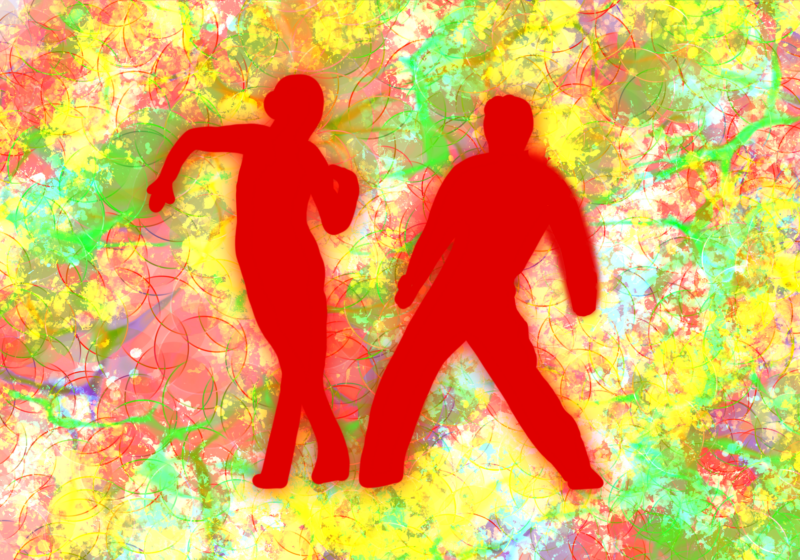No figure looms larger in the collective consciousness of UR and Rochester than George Eastman, whose creation of the Eastman Kodak Company put the future 585 on the map and whose endowments upon his death to several schools (ahem — UR) ensured that it would stay there.
His story is bittersweet for several reasons. The eccentric multimillionaire never married, dedicated nearly all of his time to his business and philanthropy, and ultimately ended it on his own terms by a self-inflicted gunshot with his unsuspecting friends in the next room.
More fundamentally from our modern perspective, though, Eastman seems to represent a Rochester that only remains in echoes — a place of booming industry, prosperity, and a future brighter than the flash of a Kodak camera. The city’s population reached its peak in 1950 and has steadily declined since, with the slow death of its industry and its streets, made to be bustling, now uncomfortably empty, another casualty of the Rust Belt.
Or is it?
While it’s certainly no longer the economic powerhouse Eastman’s legacy left behind, Rochester remains a hub of culture, full of bookstores, an incredible live music scene, movie theaters, and — especially — museums. One of the best of them is the George Eastman Museum, which last Saturday made entrance free in the spirit of the Smithsonian Institution’s Museum Day. (Though this is a small step down from the usual $5 fee with valid student ID.) When I arrived for the event, I was very pleasantly surprised to find the place packed. Like the phenomenal Rochester International Jazz Festival, Museum Day had a major turnout and evoked the busy fullness of a Rochester that can sometimes seem long gone.
The museum is half celebration of photography, half preservation of Eastman’s home (with the fantastic Dryden Theater right on the premises). It gets at the core of why the museum as an institution and photography as a medium are so important. Eastman’s preserved house provides a space where visitors can get a sense of how the man lived when the city was still up-and-coming. Photography works to the same effect. The photo galleries and cameras on display in one-half of the museum have the same mission as the furniture and distinctly rich,white,1920s-guy clutter of the other half.
It’s definitely a bit wishful, but I can’t help but shake the notion that Eastman’s business sector of choice, photography, is poetic. Whenever I visit the museum, I find myself looking at the streets of Rochester (and River Campus) afterwards a little differently. I can almost see the red brick (a stipulation of Eastman’s endowment) University buildings rising and hear the pops of early cameras going off around me. Rochester is suffused with the past, built around an industry that isn’t there anymore, but filled with the culture and history that it made so uniquely its own. I can smell acetate in the air, and I can feel the presence of George Eastman’s ghost.



